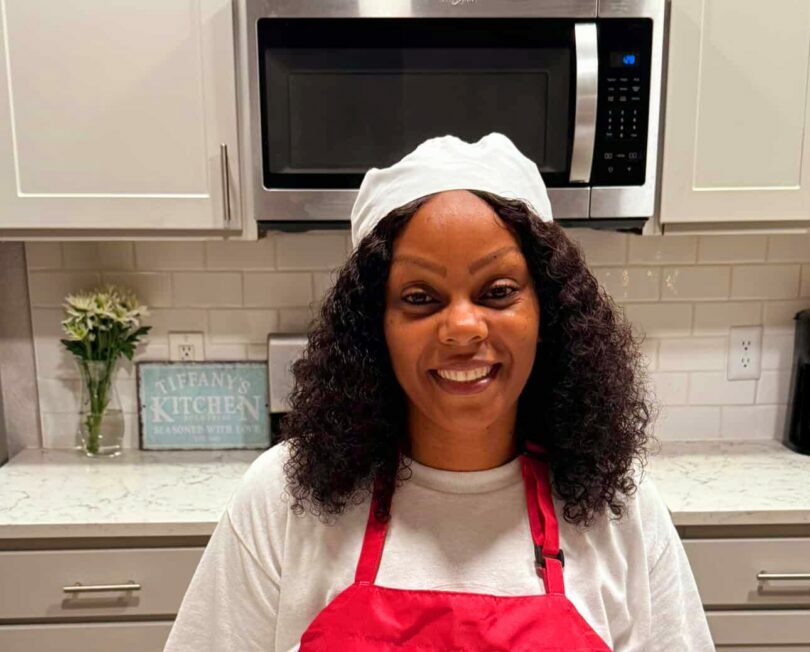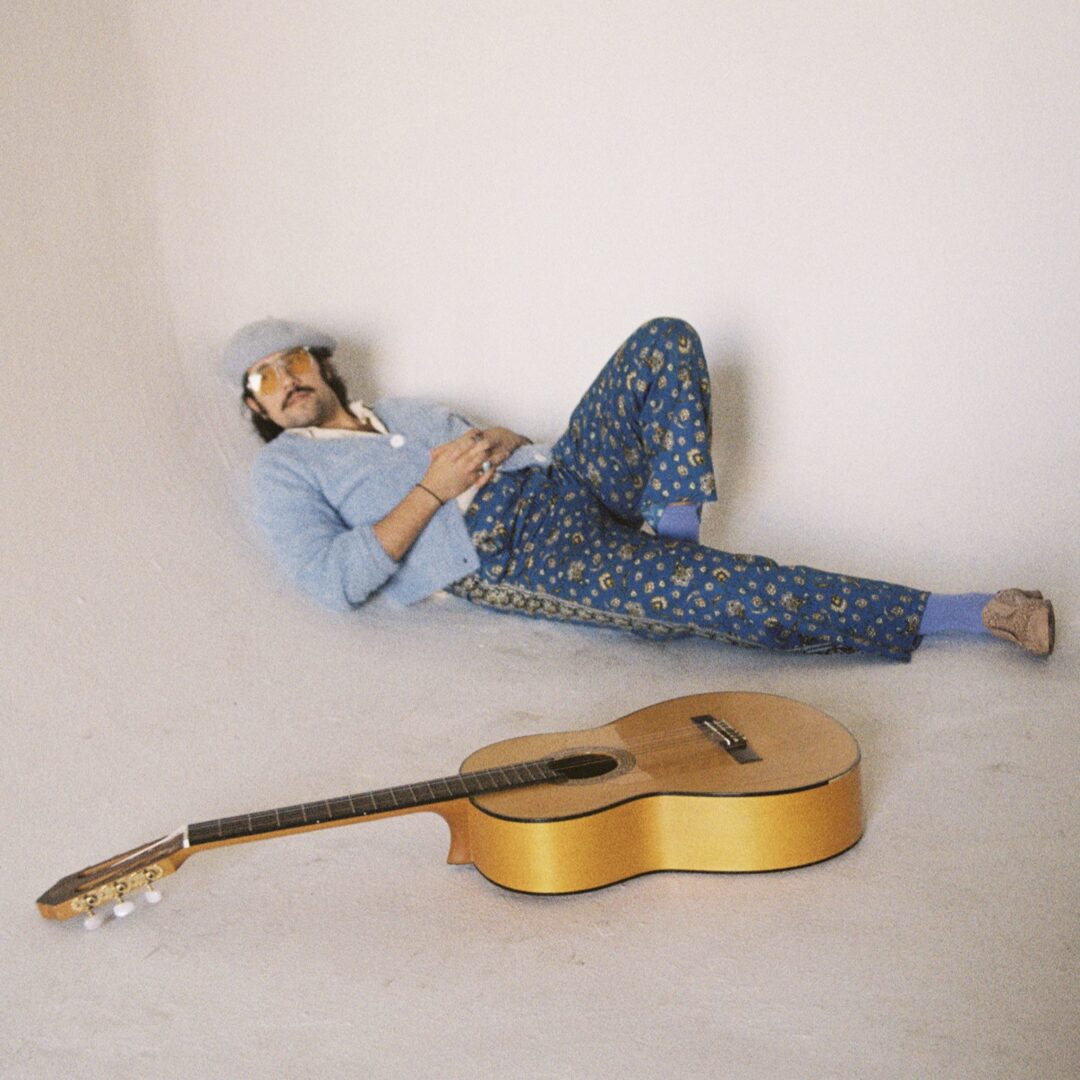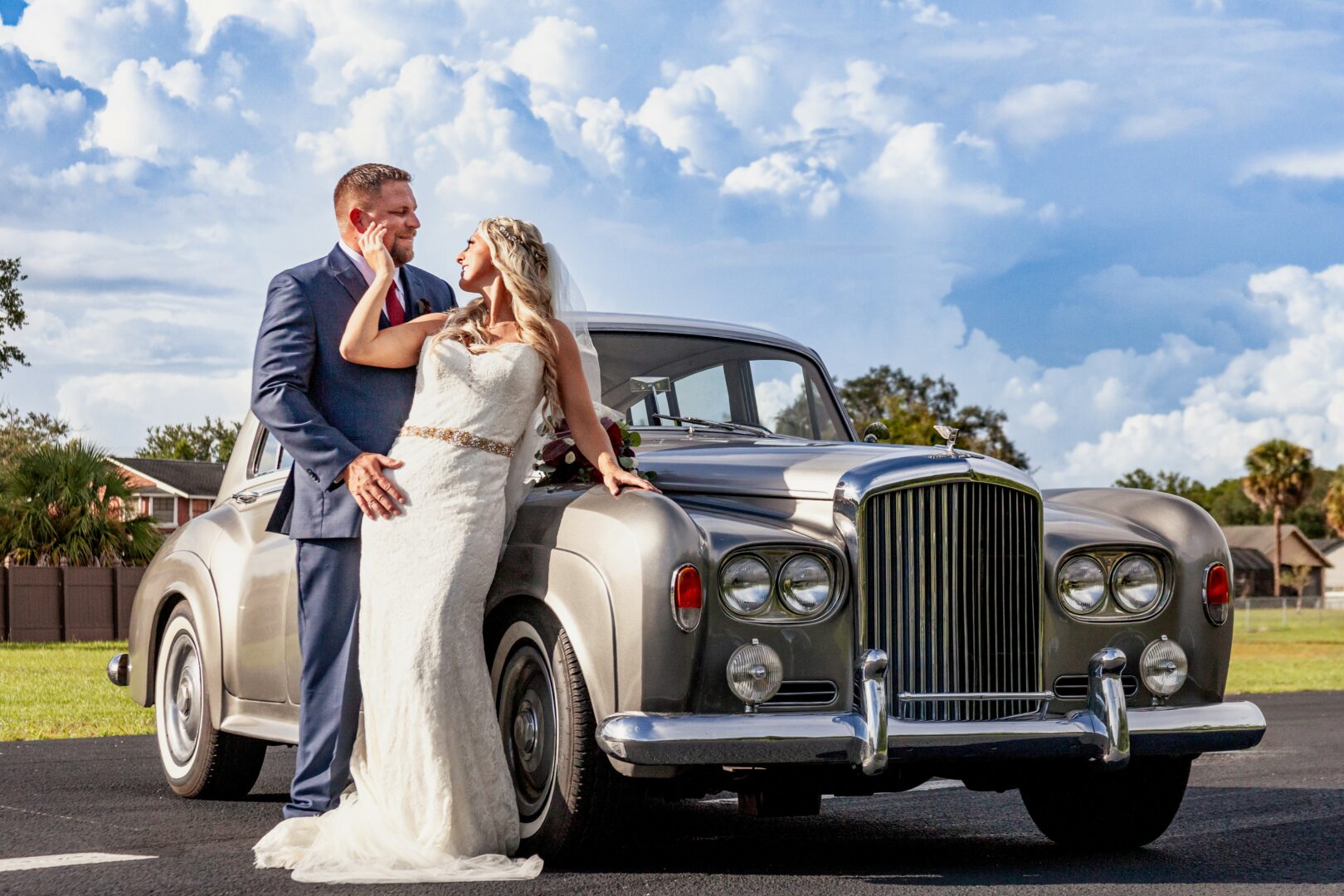We recently connected with James Reyman and have shared our conversation below.
Hi James, thanks for sharing your insights with our community today. Part of your success, no doubt, is due to your work ethic and so we’d love if you could open up about where you got your work ethic from?
Both my parents were hard working professionals. My Dad was a “MadMan” in the 50s and 60s, an ad agency guy. He was the bullpen manager. Art directors would come to him with marker sketches of ad ideas they had. He would have members of his team make final comps for the clients. He had hand lettering artists in the bullpen, photo retouchers, type specifiers, illustrators; he was also capable of doing most of this work as well. I used to go to his agency as a kid and I was fascinated by the electricity in the air as everyone hurried about. My mom was a nurse and then became an administrator at a major New York hospital. My siblings and I were all artists and drew pictures all the time. I also picked up the guitar at a young age and practiced constantly. I also enjoyed writing short stories. I applied to only one college when I was in high school. It was Parsons and I was accepted. I had met the illustrator Murray Tinkelman when I was in high school. He saw my work and told me I had to go to Parsons. I realized my first day of classes that there were much better students than I. I was determined from the start to become a good artist so I worked hard in school, we all did. I was in a great class.
Thanks, so before we move on maybe you can share a bit more about yourself?
After college I began my career as a fine artist, making drawings and paintings. I did some illustration work too and design work as well. I exhibited at a couple of galleries in the city and sold some work. I supplemented my income with graphic design work, which I enjoyed. My first job while in college was as an intern in the art department at New York Magazine. I loved the magazine work. While I was painting I was invited by a college friend to help start up a magazine in the Rolling Stone offices. It was hard work but a lot of fun. He started up his own studio after that and I went and worked with him until deciding to open my own studio about 28 years ago. I love editorial design so that’s what I went after, designing book interiors and jackets, magazines and newspapers. I was a guest art director at the New York Times and was hired as one of the art directors for the Wall Street Journal redesign in 2005-6. I also consulted on redesign elements at The Washington Post and redesigned TV Guide (with Bob Newman) the Hollywood Reporter, Far eastern Economic Review, First Things and others. I have designed newspaper props for Broadway plays and an HBO TV series. About 14 years ago I was invited to teach an intensive design workshop at Columbia University’s Journalism School. (I taught a type class at FIT before that) I am still at Columbia, teaching one class a year. Also, after years of consideration and planning I am about to issue an edition of fine art prints made from my paintings and drawings.
If you had to pick three qualities that are most important to develop, which three would you say matter most?
Having been born and raised in New York City, I was always exposed to art and music. I went to museums with my parents as a child and when I was about 12-13 my friends and I would travel into Manhattan by ourselves to the guitar stores on 48th street or Bleaker Bob’s downtown to buy bootleg records. I played in rock bands as did my friends. I went to rock concerts every week by the time I was 14 years old. I was always busy and engaged in my play/work. It was a transformative period in art and music and I was a good student, absorbing it all in. I had good friends too. All my friends are creative professionals and always have ideas to talk about. I found it important to have friends like that. I drew pictures all the time as a kid and took art classes in high school as well as drawing classes at the art students league when I was 16. I worked hard in art college and always kept in touch with my friends there, even now. I read a lot after college, which helped me a lot. I learned from Bob Dylan not to be afraid of life, not be envious of others and not be mean spirited to people.
As we end our chat, is there a book you can leave people with that’s been meaningful to you and your development?
Books have always played an important part in my life, all kinds of books. My Dad bought me a book on the drawings of Charles Burchfield when I was 14 years old, my first art book. I still have it and it continues to inspire me. The books of Ernest Hemingway, Gabriel García Márquez, Harper Lee, Cormac McCarthy, Donna tart, Haruki Murakami, and many others have helped me learn how to express myself intelligently (not always though), and look at life philosophically. I have books on the paintings of Richard Diebenkorn, Cezanne, Gaugin, Van Gogh, Winslow Homer, Howard Pyle, Maxfield Parish, Robert Crumb, Paul Rand, and so many others ( I have a lot of books), that have taught me so much. My first projects when I opened my studio were book jackets for Juris Jurjevics at Soho Press; British gangster novels, Vietnam novels, mysteries, a Holocaust survivor autobiography; many different kinds of books. Juris took me under his wing and became like a big brother in the book business and had confidence in me.
Contact Info:
- Website: https://www.reymanstudio.org
- Instagram: https://www.instagram.com/jamesreyman/
- Facebook: https://www.facebook.com/james.reyman/
- Linkedin: https://www.linkedin.com/in/james-reyman-8214255/









Image Credits
Painting publicity portrait photo by Martha Stanitz.




